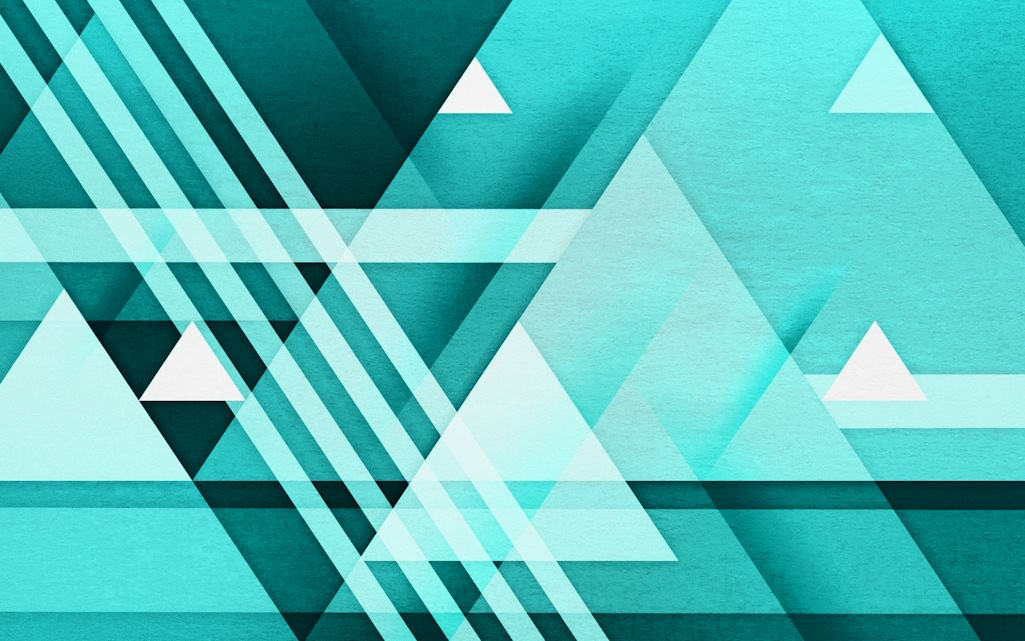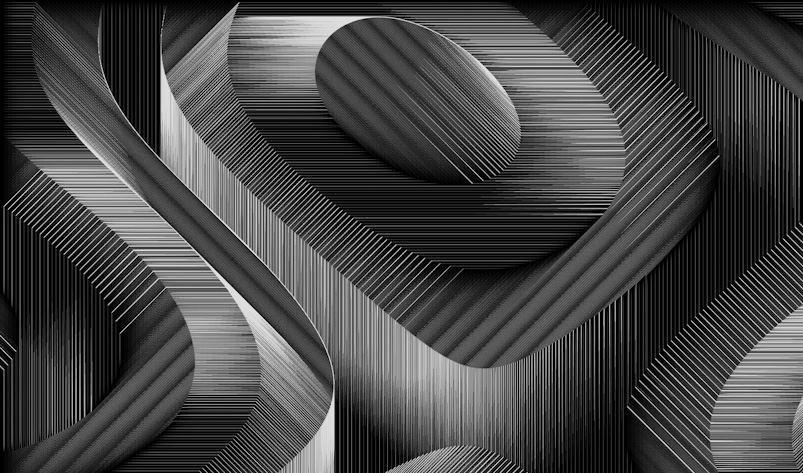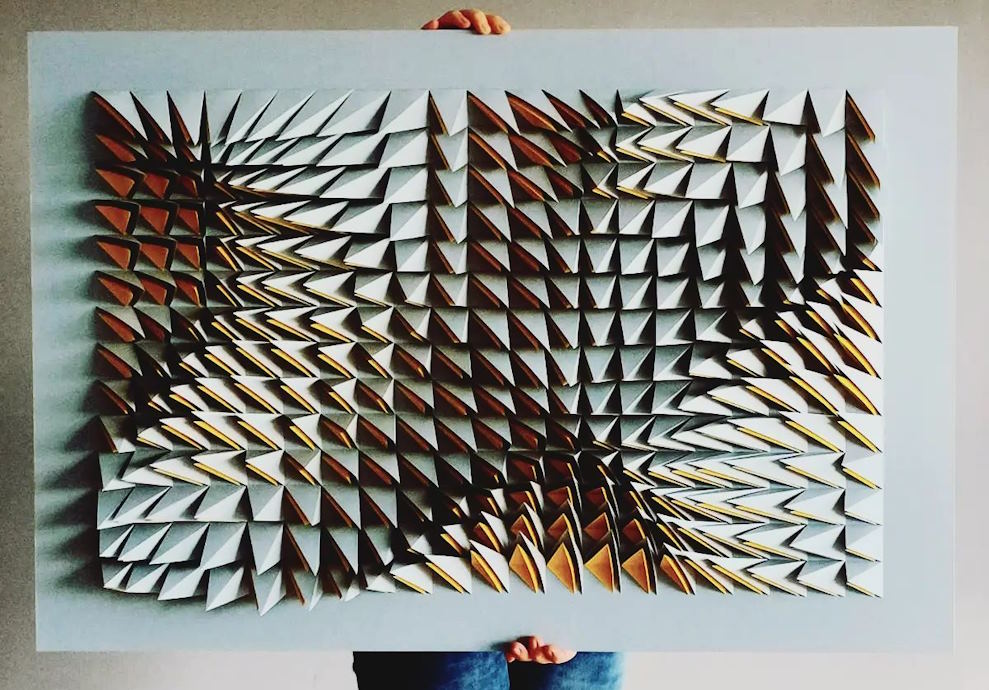Picture a world where lines, angles, and shapes take center stage, devoid of representational content yet pulsating with a vibrant energy that ignites the imagination. This is the realm of geometric abstraction, where artists harness the language of mathematics to communicate a visual poetry that transcends words. As we delve into this realm, we embark on a voyage of discovery, guided by the twin beacons of artistic intuition and mathematical precision, to uncover the beauty and complexity hidden within the geometric tapestry of abstraction.
Understanding Geometric Abstraction
Geometric abstraction is a form of abstract art that employs geometric shapes, lines, and patterns to create compositions devoid of representational content. It eschews the depiction of recognizable objects or figures, instead focusing on the inherent beauty and harmony of geometric forms. From the precise angles of a triangle to the graceful curves of a circle, geometric abstraction celebrates the fundamental elements of shape and form.

The Influence of Mathematics
At the heart of geometric abstraction lies the profound influence of mathematics. Mathematic principles such as symmetry, proportion, and geometric transformations serve as the guiding principles behind many abstract compositions. Artists draw inspiration from mathematical concepts, incorporating them into their works to imbue them with a sense of order and structure.
The Role of Geometry
Geometry, the branch of mathematics concerned with the properties and relationships of geometric figures, plays a central role in geometric abstraction. Artists utilize geometric shapes such as squares, triangles, and circles as building blocks for their compositions, arranging them in intricate patterns and configurations to create visually compelling artworks. Through the careful manipulation of geometric forms, artists explore themes of balance, rhythm, and spatial relationships, inviting viewers to contemplate the underlying geometry of the universe.

Exploring Visual Harmony
Central to the aesthetic appeal of geometric abstraction is the concept of visual harmony. By arranging geometric shapes and patterns in a deliberate manner, artists create compositions that exude a sense of balance and symmetry. Through the careful juxtaposition of colors, textures, and spatial relationships, they evoke a sense of order and tranquility, inviting viewers to immerse themselves in a world of visual harmony and balance.
The Evolution of Geometric Abstraction
Throughout history, geometric abstraction has undergone a continual evolution, reflecting the shifting currents of artistic innovation and cultural change. From the bold geometric experiments of the early 20th century to the intricate geometries of contemporary digital art, geometric abstraction continues to captivate audiences with its timeless allure and profound beauty. Artists continue to push the boundaries of geometric abstraction, exploring new techniques and concepts that challenge our perceptions of space, form, and dimension.

